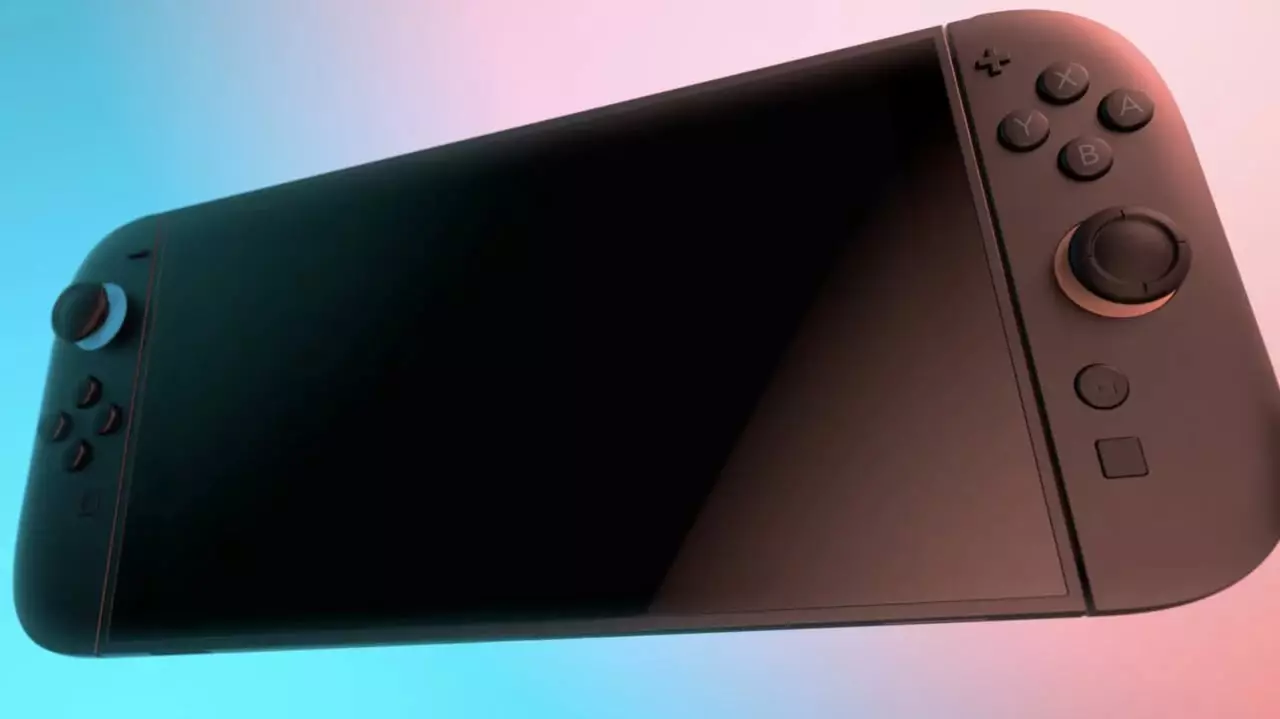As Nintendo gears up for the long-awaited unveiling of the Switch 2, excitement is palpable throughout the gaming community. However, behind the curtain of anticipation, a complex and somewhat chaotic situation is unfolding within the development landscape. Reports indicating that many developers, particularly smaller studios, have yet to receive their highly sought-after development kits paint a picture of a company that remains scrupulous about who advances into the next generation of gaming hardware.
John Linneman from Digital Foundry articulates a sentiment echoed in numerous circles:Nintendo is being decidedly selective in distributing these pivotal tools to developers. This discernment may stem from a desire to manage quality and potential chaos in the balance of creativity and technical capability. Larger studios, with established credibility, appear to be benefiting from this selective process, while medium and small developers await their chance, potentially stifling innovation at those levels.
The Fragile Relationship Between Nintendo and Developers
The narrative takes an intriguing turn when considering the implications of these distribution choices. Imran Khan’s remarks about Embracer Group not receiving development kits because of concerns regarding the chaotic nature of the company underscore how fragile relationships between Nintendo and developers can be. Nintendo’s hesitation to distribute kits to those deemed unstable suggests a protective instinct towards its intellectual properties—a strategy that could either safeguard its legacy or inhibit the diverse creativity of the third-party ecosystem.
Furthermore, Khan’s insights hint at an almost paternal approach from Nintendo, where the sanctity of the development process is prioritized over the aggressive expansion of its hardware user base. While this cautious stance aims to ward off potential mishaps—such as kits getting lost or mismanaged—it may simultaneously limit the breadth of support at the system’s launch. This is particularly concerning given how crucial third-party support has been for the Switch’s success.
The Timing Conundrum of Development Kit Distribution
The timeline of the development kit rollout, depicted by Tom Henderson from Insider Gaming, adds another layer of complexity to the situation. With the promise of a phased approach—where medium and smaller studios may only have access as late as June—this potentially stifles the preparatory work that developers need for a robust launch lineup. The expectation that many third-party games could emerge in the months post-launch creates a precarious balance, where titles may face rushed development cycles or diminish in quality due to inadequate preparation time.
As gamers and industry analysts alike await the Switch 2’s Direct broadcast, the situation raises profound questions about the launch strategy. Will Nintendo, with its protective approach, have enough significant first-day offerings to maintain its enthusiasm as larger studios dominate the early headlines? The energy of gaming culture thrives on diversity, and a lack of varied experiences could leave a void even in the shadow of major releases.
The 4K Conundrum and Speculation Surrounding Output Capabilities
Adding to the intrigue, the potential lack of 4K output capabilities in some of the development kits has sparred speculative discussions across forums and media channels. With whispers suggesting that some dev kits may not include this feature, there is an evident contrast from earlier rumors of the Switch 2’s capability for 4K upscaling. These discrepancies emphasize how initial developmental insights can diverge significantly from the later polished product.
Nintendo’s past experiences, particularly with hardware launches, render these conversations particularly relevant. Following the success of the Nintendo Switch, where the gameplay experience exceeded many pre-launch expectations, will the company manage to counterbalance these emerging doubts with solid product features?
The differing outcomes between development kits and final consumer products often create significant rifts in anticipation, and this will be an aspect worth monitoring closely as speculation continues and more information surfaces from the upcoming Direct broadcast.
In essence, it appears that Nintendo finds itself at a crossroads. With a desire to maintain exclusivity and control over its development narrative, it may inadvertently stifle the very breath of creativity that has, historically speaking, defined its success. Hence, as the launch date inches closer, it remains to be seen how these decisions will shape the landscape of gaming on the Switch 2 and beyond.


Leave a Reply